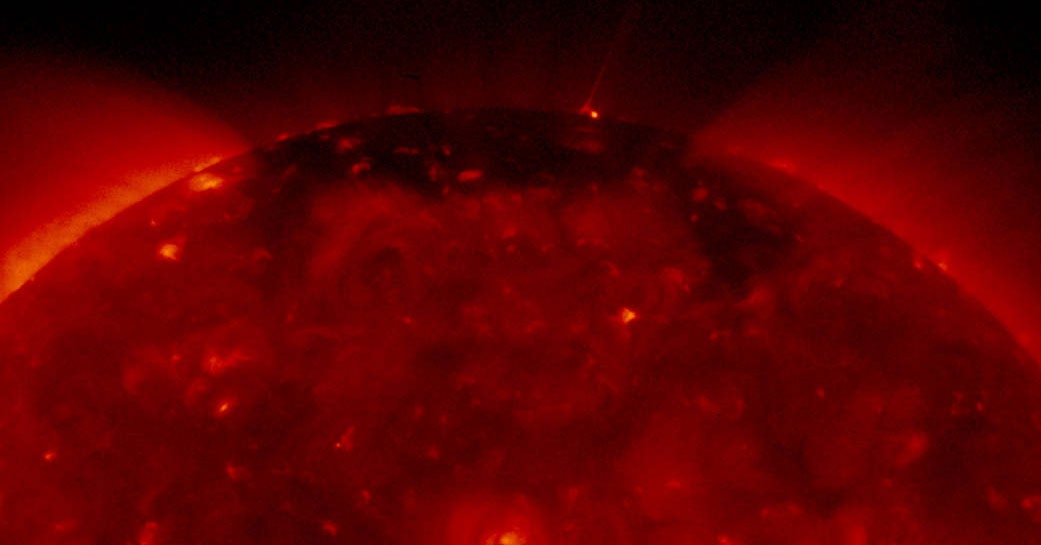Are you looking for an innovative and sustainable way to generate energy? Look no further than Solaris, the European Space Agency’s groundbreaking initiative to harness the sun’s power from space! In this blog post, we’ll explore the potential of Solaris, from the concept to the technology behind it, and why it could be the answer to our energy needs.
Solaris is a bold new program from the European Space Agency that seeks to explore the possibility of launching solar structures into orbit, using them to generate energy, and transmitting it back to Earth. This could have far-reaching implications for our energy needs, and could even play a role in the European Union’s goal of achieving net-zero carbon emissions by 2050.
At the heart of Solaris is the need for a continuous and reliable source of clean energy. Unlike traditional energy sources like fossil fuels and nuclear power, solar and wind energy are intermittent, meaning they can’t always provide a steady stream of energy. Solaris seeks to solve this problem by providing a consistent source of energy from space.
The Solaris program is still in its infancy, but the ESA has already conducted a pilot study to explore the feasibility of this project. The next steps involve designing an in-orbit demonstration of the technology, launching it in 2030, and then scaling it up. To make this happen, the ESA must determine by 2025 that it’s possible to achieve space-based solar in a cost-efficient way.
The key to making this project a success lies in advancements in technology, such as reusable rockets, cheaper satellites, and lower costs for photovoltaics. With these advances, the ESA believes it can make Solaris a reality and provide a reliable source of clean energy.
So, if you’re looking for an innovative and sustainable way to generate energy, Solaris could be the answer. Keep an eye out for the ESA’s progress on this groundbreaking initiative and see how it could help shape our energy future.
Source: www.wired.com
